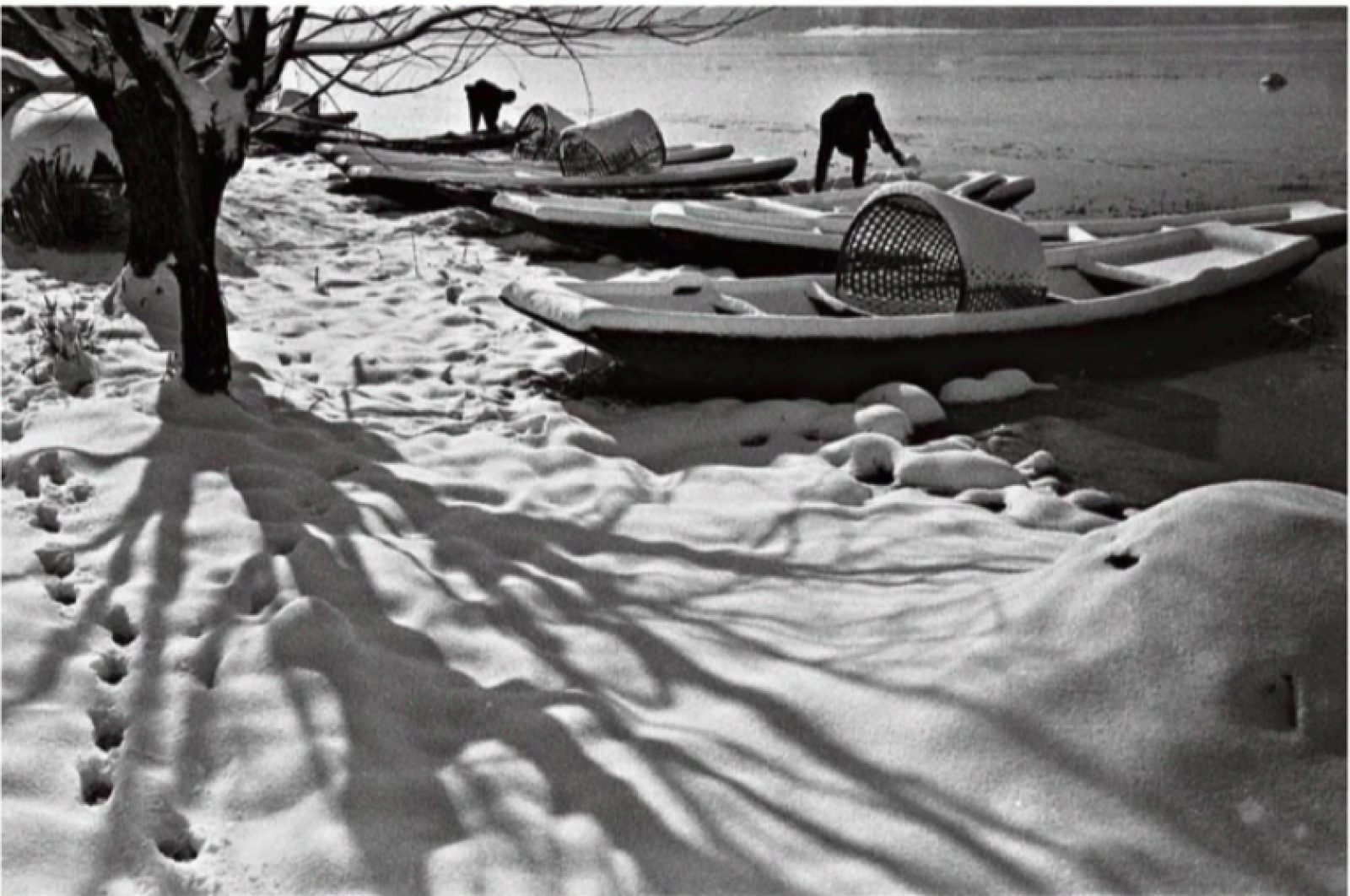Forschung
The Shadow of Trees: Photography and Visual Realism in 1920s and 1930s China
Qiuzi Guo

Lu Shifu, On Xuanwu Lake, Nanjing, 1936
The term Sheying (“Seizing the Shadow” 攝影)—a common denomination for “photography” in early twentieth-20th-century China—suggests that early Chinese photographers acknowledged the significant role that light and shadow played in representing the objects. This research contributes to the understanding of visual realism in the history of Chinese photography by examining how Chinese photographers negotiated the optical experience across Western and non-Western paradigms, and the impact that such operation had on their rhetoric of vision and perception of nature. Beyond documentary purposes, Chinese intellectuals and photographers from the 1920s’ and 1930s’ treated photography as a symbol of scientific modernity, and its realism as representative of the dynamics of the modern world. Yet, Chinese art photographers attempted to adapt the visual realism associated with Western science (in particular with the concept of “camera eye”) to an indigenous way of seeing. In order to explore these entanglements, the author takes into exam a number of photographs of trees, including imaginative and realistic images, and three photography manuals dating back to the years 1873, 1913, and 1920.
This project is part of the Research and Fellowship Program 4A Laboratory: Art Histories, Archaeologies, Anthropologies, Aesthetics, a cooperation between the Kunsthistorisches Institut in Florenz and the Stiftung Preußischer Kulturbesitz.


